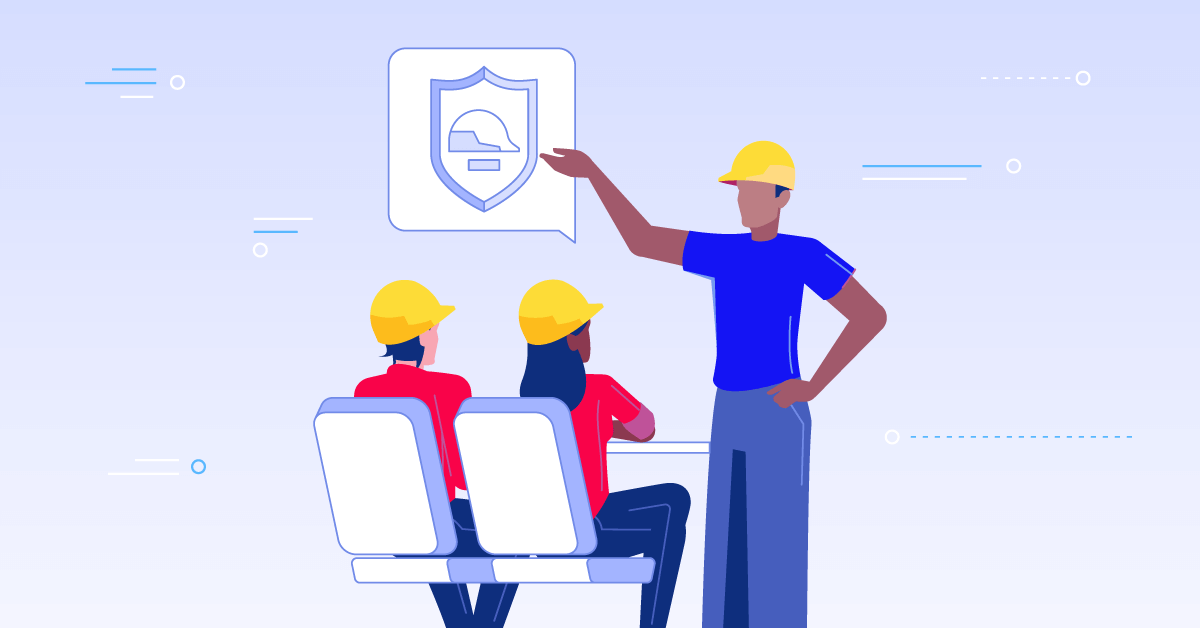This entry was submitted by Bob Little. Bob blogs regularly and can be found on LinkedIn.
Since the 1990s, learning has been moving from “institutionalised” to ˜lifelong”; from “judgemental” to “developmental”; from “privileged” to “open access”; from “knowledge-based” to “competence-based”; from “passive” to “interactive”; from “didactic” to “facilitated and self-managed”; from “exclusive” to “inclusive”, and from “synchronous and physical” to “asynchronous and virtual”.
Learning materials can be fitted onto two continuums: tutor-directed to learner-directed and closed/ didactic to open/ heuristic. Traditional elearning fits into the “tutor-directed and closed/ didactic” parts of these continuums but more recent “web 2.0” online learning materials are moving further way from these points, allowing learners freedom to learn by experience and from exploring other resources.
From a strict “learning” perspective, this presents some challenges such as: ˜how do you know when the student has finished exploring?” It also raises questions of levels of support. Moreover, a piece of traditional online learning is structured by a learning designer/ developer and usually concludes with an assessment to ensure that the learner has learned what s/he is supposed to learn.
However, when delivering materials via mobile devices, this format becomes less easy to accommodate. For one thing, the screen size is smaller and the device’s ability to cope with certain software, such as Flash, makes some learning materials inappropriate for use. More importantly, people using a mobile device are less likely to be able to devote their time and concentration skills to working through a carefully sequenced learning programme. They are more likely to want instant, sound-bite like reminders or tips to help them then and there.
This means that, when learning on the move, learners can’t, or don’t want to, cope with developer-structured learning materials. They want to explore the learning materials in the way they feel will get them the answer to their query in the quickest possible time. They don’t want to spend time taking an assessment to see if they’ve learned what they were supposed to. They have a more immediate and real-world way of validating their learning: by applying it there and then in the real world.
So, increasingly, online learning is no longer learning but, rather, performance support. This puts more pressure on the designers/ developers of these materials to make them available to the learner in a way that is relevant to the learner’s needs thus raising issues of the personalization and contextualization of the material.
We shouldn’t care about whether something is learning or performance support. This is not the time for an esoteric argument. The key issue is whether the learning materials are “fit for purpose“ in other words, whether or not they meet the needs of the learner at the point of need.


